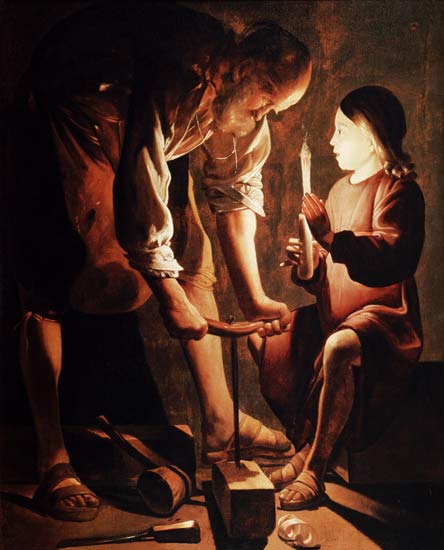 This week the firefighting community of the greater Phoenix area said farewell to one of our own. Salt River Battalion Chief and Fire Marshal Frank Molina was a 20 year fire service veteran who was a major figure here in the Valley of the Sun, especially in the Fire Prevention profession. Not only did he work diligently (even through his illness) to make the community a safer place for all, he was simply one of the nicest, most knowledgable and most helpful guys most of us ever had the honor to work with.
This week the firefighting community of the greater Phoenix area said farewell to one of our own. Salt River Battalion Chief and Fire Marshal Frank Molina was a 20 year fire service veteran who was a major figure here in the Valley of the Sun, especially in the Fire Prevention profession. Not only did he work diligently (even through his illness) to make the community a safer place for all, he was simply one of the nicest, most knowledgable and most helpful guys most of us ever had the honor to work with.A blogger in the local paper had a very nice write-up on him:
The funeral procession brought our office to a standstill.
Fire truck after fire truck passed. There were ambulances, waves of flashing lights. Virtually every Valley fire department was represented.
The procession took about 10 minutes to pass.
As the audience multiplied at my second-story window, so did the questions. Who died? Was it someone killed in the line of duty? Someone we'd all recognize? What did we miss?
After checking the obits and making some calls, we learned the procession was in honor of Frank Molina, a long-time battalion chief and fire marshal for the Salt River-Pima Maricopa Indian Community. He died last Monday of cancer at the all-too-young age of 41.
I didn't know Molina, but apparently, a lot of folks did. He was a 20-year fire veteran who spent more than half of his career at Salt River. He was well respected around the Valley for his emergency management and fire prevention efforts, and about 1,000 people were expected to attend his funeral today at St. Timothy's Catholic Church in Mesa.
Despite an attention-getting procession down Baseline Road, it's possible that Molina won't make the 5 o'clock news. Heroes pass away every day, but sadly, we only seem to cover the ones who die in burning buildings or during high-stakes pursuits.
But I know of at least a dozen folks who were mesmerized, at least for a few minutes, by who could possibly be in that hearse. Must have been a great man, I heard one say.
Yep. And he's not alone.
There are countless Frank Molinas out there, great men and women who spend their lives helping others. Not because they expect any big procession out of it, but because they feel it's the right thing to do.
Fire truck after fire truck passed. There were ambulances, waves of flashing lights. Virtually every Valley fire department was represented.
The procession took about 10 minutes to pass.
As the audience multiplied at my second-story window, so did the questions. Who died? Was it someone killed in the line of duty? Someone we'd all recognize? What did we miss?
After checking the obits and making some calls, we learned the procession was in honor of Frank Molina, a long-time battalion chief and fire marshal for the Salt River-Pima Maricopa Indian Community. He died last Monday of cancer at the all-too-young age of 41.
I didn't know Molina, but apparently, a lot of folks did. He was a 20-year fire veteran who spent more than half of his career at Salt River. He was well respected around the Valley for his emergency management and fire prevention efforts, and about 1,000 people were expected to attend his funeral today at St. Timothy's Catholic Church in Mesa.
Despite an attention-getting procession down Baseline Road, it's possible that Molina won't make the 5 o'clock news. Heroes pass away every day, but sadly, we only seem to cover the ones who die in burning buildings or during high-stakes pursuits.
But I know of at least a dozen folks who were mesmerized, at least for a few minutes, by who could possibly be in that hearse. Must have been a great man, I heard one say.
Yep. And he's not alone.
There are countless Frank Molinas out there, great men and women who spend their lives helping others. Not because they expect any big procession out of it, but because they feel it's the right thing to do.
God speed, Frank. We'll miss you big guy.
















